
Zimbabwe Faces Devastating 20-Year High of African Armyworm Infestation
Zimbabwe is grappling with its worst outbreak of the African armyworm in two decades, causing significant alarm among farmers and agricultural officials alike. This invasive pest, known for its insatiable appetite for crops, has already inflicted heavy damage on maize and other vital food crops, threatening the livelihoods of countless families and exacerbating food insecurity in the region.
Continue reading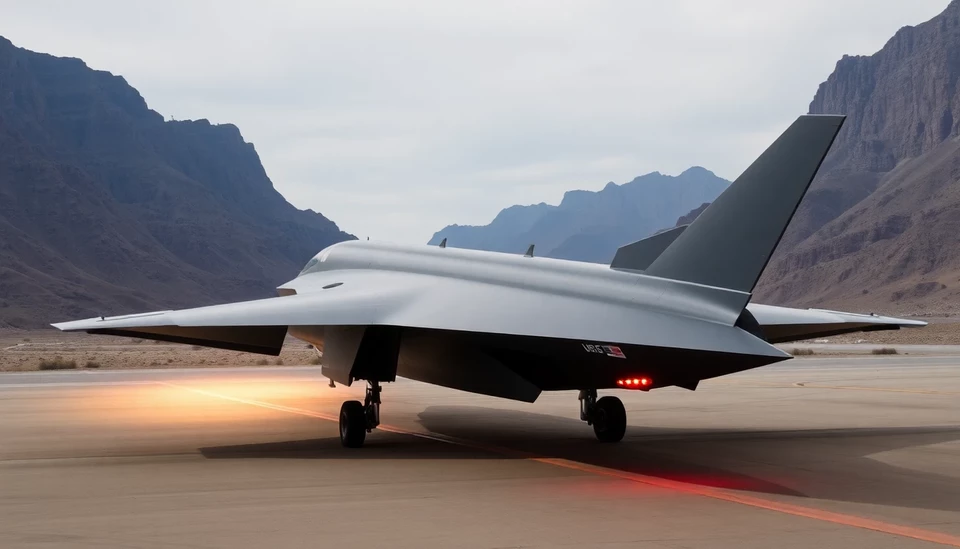
US hypersonic weapon still not ready for combat, according to Pentagon report
The Pentagon's latest assessment has revealed that the United States' first hypersonic weapon is still not prepared for operational deployment. A report from the Department of Defense's testing agency indicated that the system, which has faced numerous development challenges, is yet to meet the necessary criteria for combat readiness.
Continue reading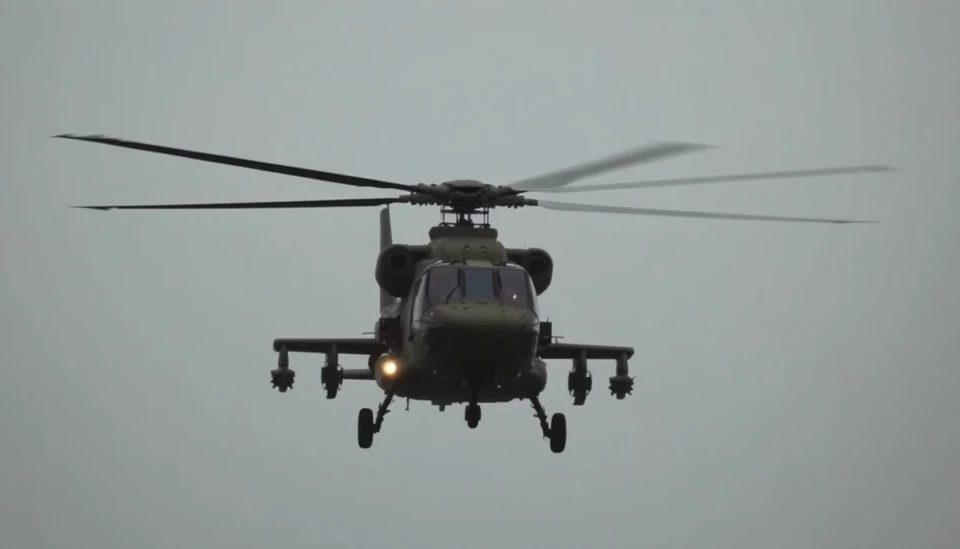
Army Helicopter Pilots Presumed to Have Used Night Vision Equipment Before Fatal Crash
A recent tragic event involving U.S. Army helicopter pilots has drawn attention to the safety protocols and equipment used during night operations. Preliminary investigations suggest that the pilots likely utilized night-vision technology before their aircraft encountered a harrowing crash on a training mission.
Continue reading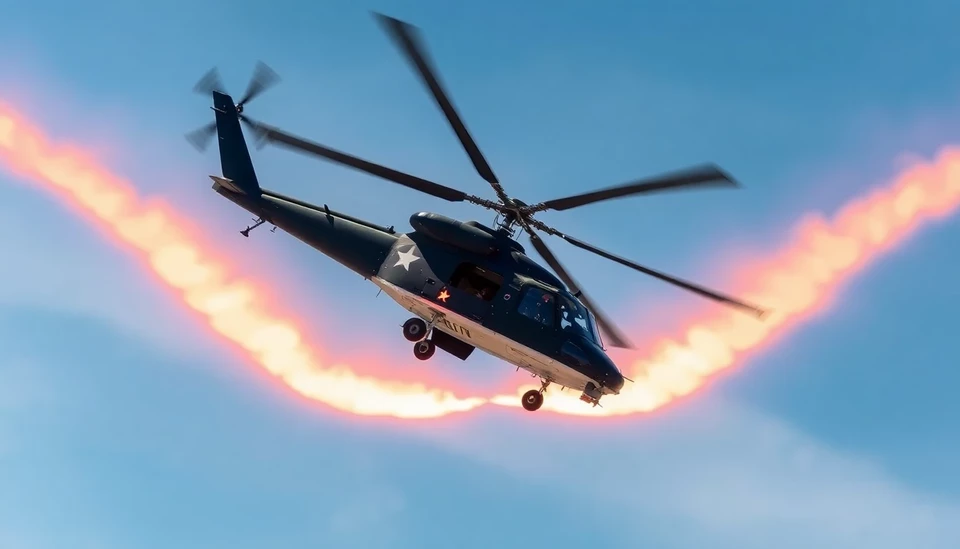
Deadly Midair Collision: Army Helicopter Over the Altitude Limit
A tragic incident occurred recently as an Army helicopter, involved in a midair collision, was found to be flying above the prescribed altitude limit at the time of the crash. This shocking revelation raises critical questions about operational safety protocols and adherence to established aviation regulations.
Continue reading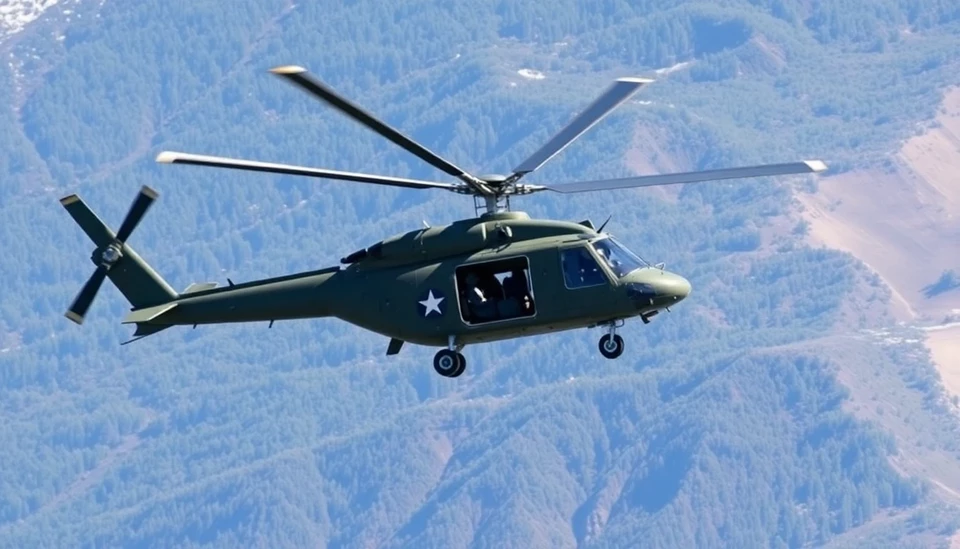
Shock Findings: Army Helicopter's Dangerous Descent Before Fatal Crash
In a recent investigation into the tragic crash of an Army helicopter, radar data has revealed alarming details about the aircraft's final moments. Reports indicated that the helicopter was flying lower than a nearby jet at a critical time, raising serious questions about safety protocols in military aviation.
Continue reading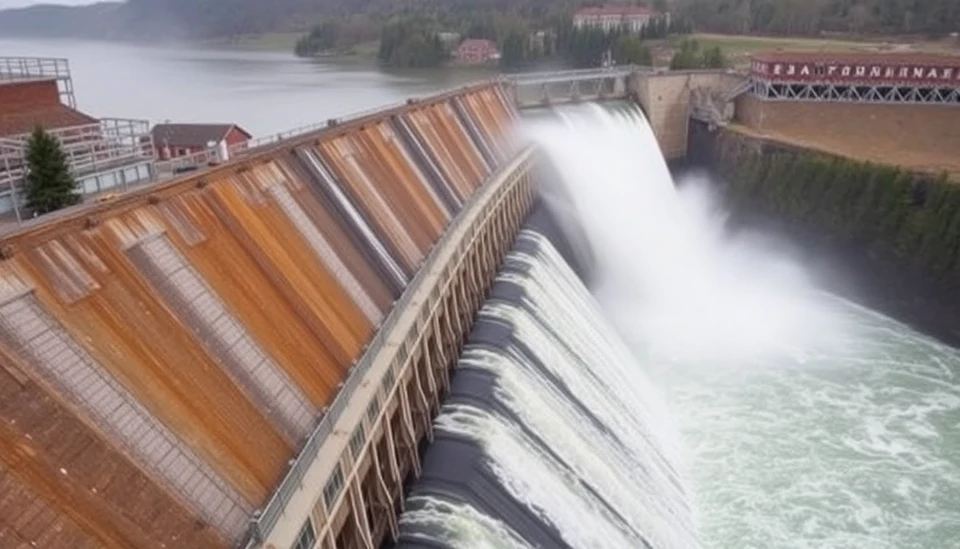
US Dams Face New Challenges with Today’s Climate-Charged Rain and Floods
Climate change worsens, and infrastructure throughout the United States encounters situations that have never been seen before. Most of the nation's dams, built many years ago under considerably different meteorological circumstances, now face torrential rains and serious flooding well beyond their designed capacity. This recent shift in weather dynamics stretches the limits of structural integrity to levels that risk communities and environments dependent on such infrastructures.
Continue reading